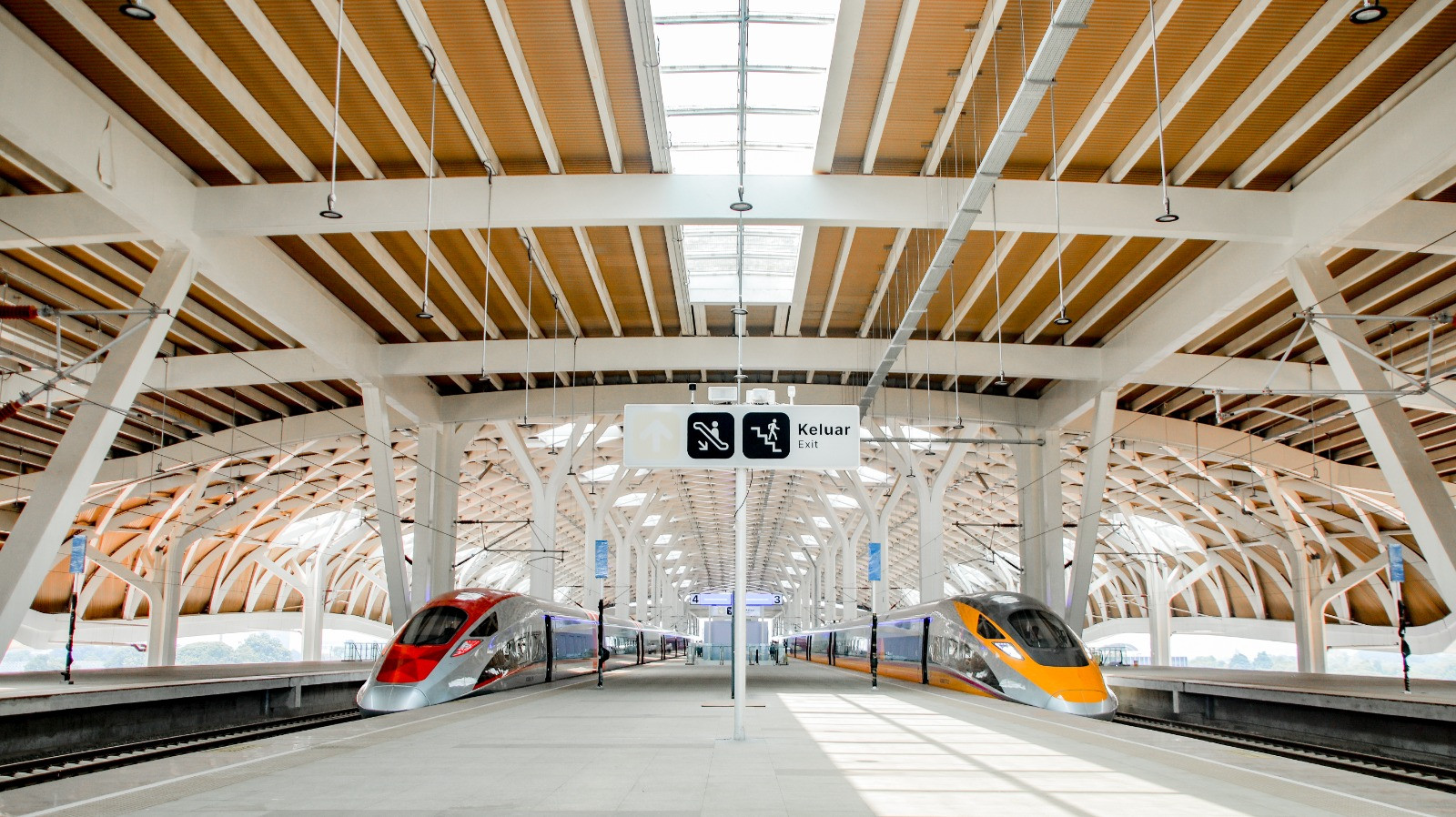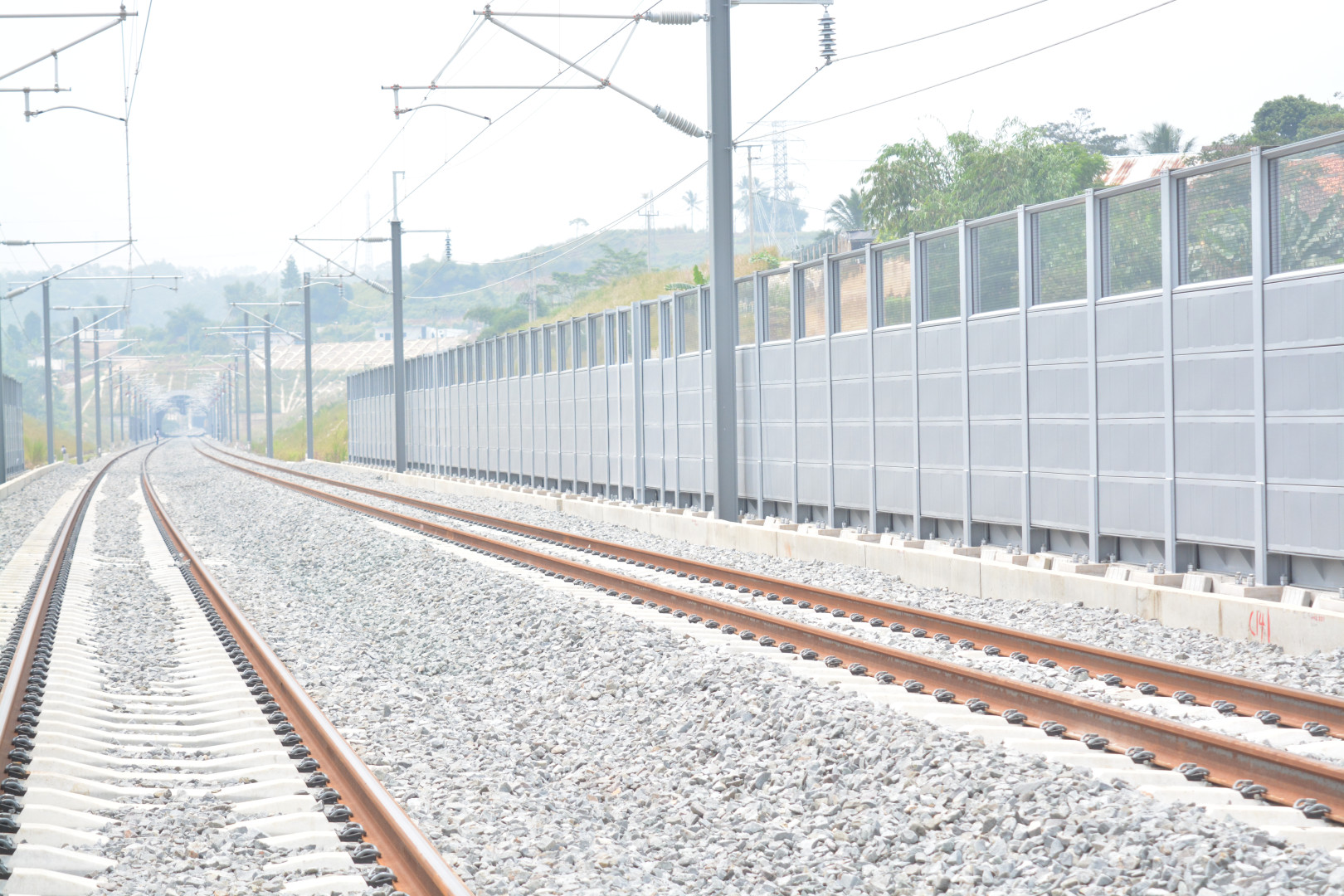Preparation for the operation of the Jakarta-Bandung High-speed Railway (KCJB) is a new milestone for PT Wijaya Karya (Persero) Tbk (WIKA). In this project, WIKA is the only main contractor from within the country involved in the construction, by joining a consortium involving foreign contractors who have long experience in building high-speed trains in various countries. Agung Budi Waskito (BW), President Director of WIKA said that the WIKA Group's participation in the construction of the KCJB project was also an opportunity to transfer knowledge for the WIKA Group, in terms of high-speed railway construction.
In this project, WIKA Group is working on 3 high-speed railway stations including Halim, Karawang and Padalarang stations. Apart from that, WIKA also works on subgrades, bridges, slab tracks, pier columns and box girders. The implementation also includes WIKA Group collaboration, including WIKA Gedung, WIKA Beton, WIKA Construction Industry.
In developing work methods, ongoing knowledge transfer was realized by applying the Cast in Situ method for full span girders. The cast in situ method is generally a direct on-site casting method in stages per segment, but what is the advantage of this project is that the cast in situ method is carried out in full span and simultaneously with the arrangement of 137 full span box girders on the high-speed train track.
WIKA Beton as a subsidiary contributed to producing 14,786 units of track slabs. Slab track is a type of concrete railway sleeper that replaces ballast, which is used on tracks with speeds of more than 350 km/hour and on several bridges. By adapting technology from China, slab track can be produced with a high quality structure that can maintain the comfort and stability of the train, more cost efficient and relatively easy maintenance.
Not only that, WIKA Beton also makes a big contribution in providing concrete structures, including piers, girders, pile caps and bored piles which are adapted to the environmental conditions at each bridge construction location. The quality and quality of the concrete is taken into account with the material specifications which are made from Pasir Tayang in Kalimantan, so that it has an effect on the durability of the concrete reaching 100 years.
Apart from WIKA Beton, there are two other subsidiary entities involved in the construction of KCJB. WIKA Gedung, which specializes in building construction, contributed to the construction of Halim, Karawang stations and the Auxiliary Building at Padalarang station.
Meanwhile, WIKA Construction Industry took part in steel fabrication and erection installation at Halim, LRT-HSR integration, and Karawang stations as well as installing sound barriers on the KCJB track.
With WIKA's success in constructing the KCJB project, Agung BW said that WIKA's participation in the construction of KCJB will increasingly place WIKA in a leading position in the development of modern train construction in the country.


